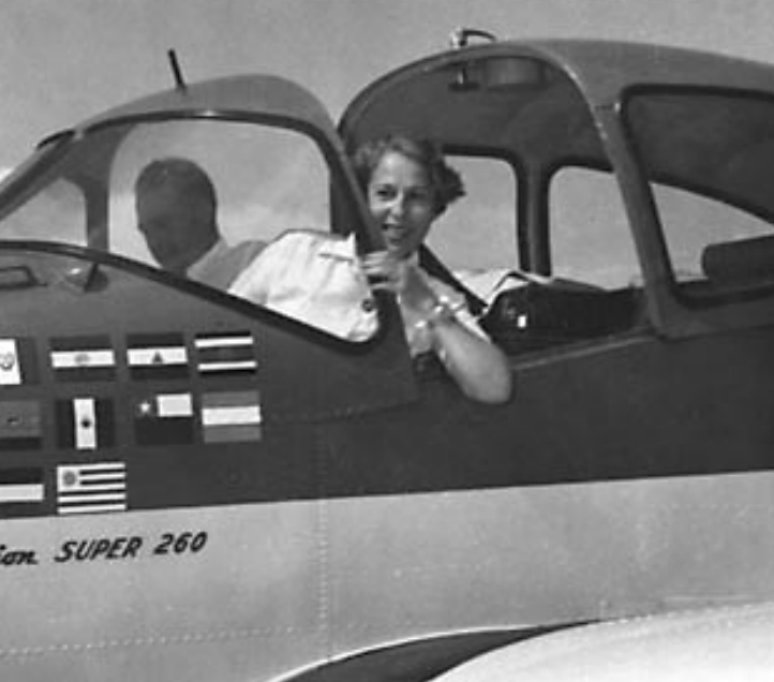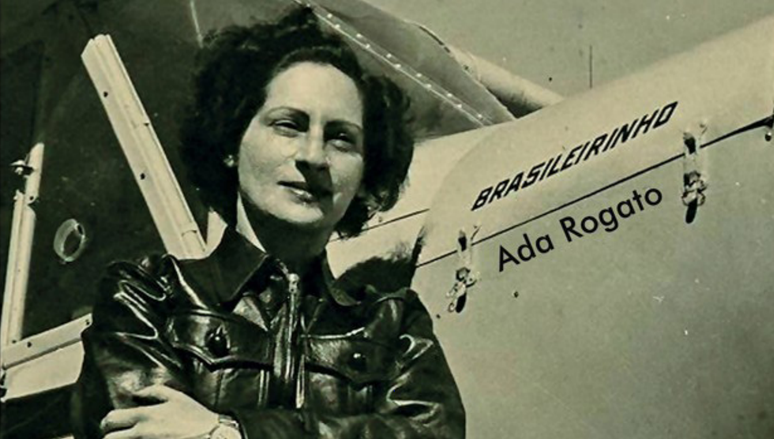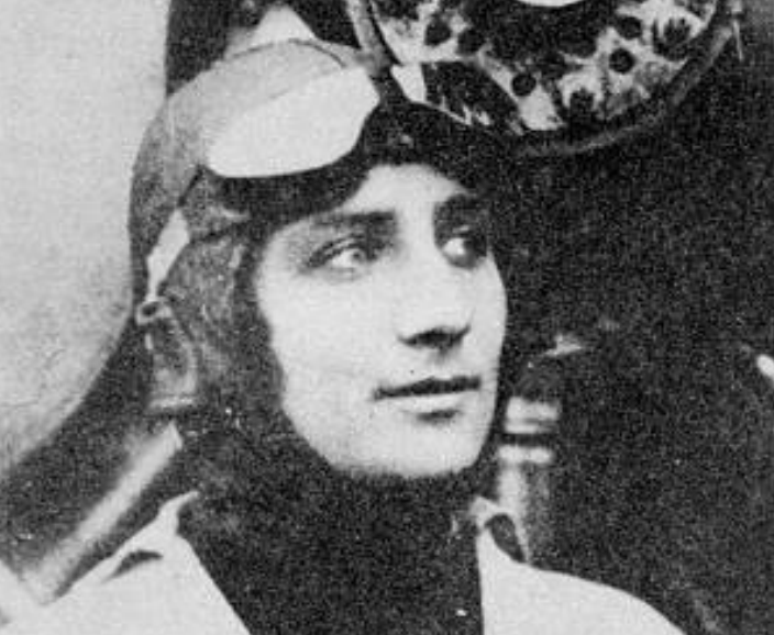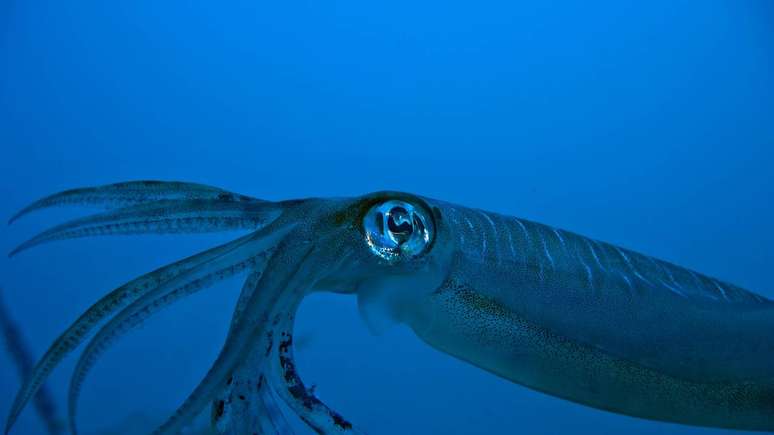The flight was carried out in March 1922 […]
Female empowerment is nothing new. At least not for Thereza de Marzo.
Without family support and with a father who believed that “a woman’s place was the home”, this woman from Sao Paulo is considered the first Brazilian to receive an international pilot’s diploma.
To do this, she raffled off a record player, went to the Aeródromo Brasil and enrolled in a flight course, where she was guided by veteran aviators of the First World War, such as the Italians Enrico and João Robba, and the German Fritz Roesler, the his main supporter…
According to the FAB (Brazilian Air Force), Thereza has made excellent progress flying her 90 kW (120 hp) Caudron G-3.
It was then with this French plane purchased for eight contos de réis that, on 17 March 1922, the Brazilian made her solo flight, approved with honors by the examining commission formed by Luís Ferreira Guimarães, director of the Aeroclube do Brasil, by instructor Fritz Roesler, the pilot and instructor João Robba and the deputies Manuel Lacerda Franco and Amadeu Saraiva.
The following month the airman would receive from International Aeronautical Federation Pilot-Aviator license number 76, thus becoming the first Brazilian aviator.
Four years later, Thereza married Roesler who, curiously, did not allow his wife to continue flying, claiming that one aviator in the family was enough. With 329 hours and 54 minutes of flight time in her logbook, the Brazilian air pioneer ended her career four years after she began.
On the ground, Thereza continued to work with her husband in aeronautical initiatives, on projects such as the creation of the Piloting School and the Glider Club, in Campo de Marte (SP), where engineer Roesler built the first EAY-101 gliders and the “Paulistinha Aircraft” EAY-201.
The other first Brazilian aviator
Thereza de Marzo, however, was not alone.
Anésia Pinheiro Machado, from São Paulo, Itapetininga, shares with Thereza the title of the first Brazilian aviator, whose license number 77 was received just one day apart, according to historian Roberto Pereira.

Taught by Fritz Roesler himself, Anésia made her aviation debut on a flight from São Paulo to Santos on the coast of São Paulo. But that wasn’t enough and she would, months later, become known as the first woman to command an interstate flight in Brazil.
The journey between São Paulo and Rio de Janeiro was made aboard a single-engine Caudron G3 (“Bandeirante”) and lasted four days to the final destination. The challenge was to fly only 1.5 hours per day, as it was necessary to make several stops to refuel and maintain the aircraft.
And guess who was waiting for you when you arrived in Rio de Janeiro?
In addition to the authorities, Anésia was received by none other than Alberto Santos Dumont, who gave her a replica of the gold medal received from Princess Isabel, a piece of which the aviator carried with him as an amulet until the end of his life.
Everything that goes up, comes down
More intrepid, Ada Rogato was another aviation pioneer.
Born in the Cambuci neighborhood, in the capital of São Paulo, four years after the historic flight 14-bis, Ada is considered the first Brazilian to obtain a parachutist’s license, including the feat of the first night-time parachute jump in Guanabara Bay .
Ada was also the first to fly a glider, whose C license was obtained aboard a Grunau Baby, the third to obtain the license, after Thereza and Anésia, and the first agricultural pilot in Brazil.

Always alone, the aviator carried out more than 200 voluntary patrol flights over the coast of São Paulo and, in 1950, crossed the Andes eleven times. The following year Ada would break another record, flying over 51 thousand kilometres, in a solo flight to Alaska that lasted six months.
But it didn’t end there, no.
The woman from Sao Paulo was also a pioneer when she crossed the Amazon alone aboard a plane without a radio, with only a compass as a guide.
* with information from the Aerospace Museum and the airline KLM
Source: Terra
Ben Stock is a lifestyle journalist and author at Gossipify. He writes about topics such as health, wellness, travel, food and home decor. He provides practical advice and inspiration to improve well-being, keeps readers up to date with latest lifestyle news and trends, known for his engaging writing style, in-depth analysis and unique perspectives.








